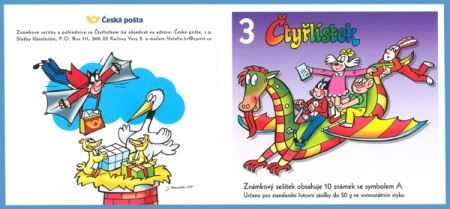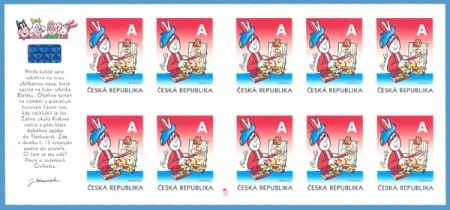| Catalogue number | 0670 |
|---|
| Date of issue | 9.2.2011 |
| Face value | 12 CZK |
| Print sheets | 8 pcs |
| Size of picture | 26 x 40 mm |
| Graphic designer | Jan Kavan |
| Engraver | Vaclav Fajt |
Cheb is the ancient capital of the westernmost region of the Czech Republic. The first known settlement in the vast area on the banks of the upper Ohře river was a Slavic stronghold, built as early as the 9th to 11th centuries on a hill overlooking the river. The first mention of Cheb dates back to 1061; it is the oldest evidence of the ongoing medieval colonization of the area surrounding Cheb during which the German colonists pushed the original Slavic settlers back to the hinterland.
The first castle made of stone was built around 1125 by the Vohburg family, and rebuilt after 1167 by Emperor Frederick I Barbarossa in the typical Paletinate style. A settlement, first mentioned in 1203 as Cheb, grew at the foothill outside the castle walls. The century-long disputes between Czech and German rulers about the ownership of the Cheb region ended in 1314 with the victory of Czech king John of Luxembourg. In the 14th century Cheb, with an exclusive location on a major Czech-German trade route, developed into a strong town state with an army of its own, gradually gaining control over the surrounding region.
During the Thirty Years' War, Albrecht von Wallenstein, chief commander of the Imperial Army, and his chief officers and secretary, were killed in Cheb. The town suffered severely during the era.
In the period after the war, Cheb was to become a vast Baroque stronghold, but the project failed and was cancelled in 1809. After the construction of a railway station, the town was transformed into a major railway hub. The 20th century Cheb was strongly affected by the events of both world wars and their consequences. The historical centre underwent a large reconstruction (1956-69), and Cheb became a town conservation area in 1981.
The town highlights include the Castle and the Black Tower, built in the Romanesque style. The 18.5 meters high tower was built of bossed blocks of black ash rock. The most valuable and best preserved building in the castle area is the Chapel of SS Erhard and St Ursula in the Romanesque and Gothic styles, with a unique interior architecture. Each of the two floors of the chapel boasts a different building style.
The main square (
"namesti Jiriho z Podebrad") of the town, dedicated to Czech king George of Poděbrady, has a selection of architectural treats. A bunch of originally 11 medieval houses called the Block (
"Spalicek"), was gradually erected in its lower part, starting from the 13th century. The magnificent St Nicholas Church, built in 1220-30, is close to the square. The star attractions of Cheb monasteries are St Francis monastery and St Clare monastery. The Monastery of St Francis, originally Friars Minor, was built in the early 13th century and rebuilt in 1275-85, as a complex of double-floor buildings, with a tall square tower from the time of Charles IV. The cloisters (1310-30) with window tracery are the town's Gothic highlight. Just across a small square called
Frantiskanske namesti stands St Clare monastery (1264, rebuilt in the early 18th century into a Baroque shape) and church. The church (1708-11), a fine high-Baroque piece by Christoph Dientzenhofer, has been used by the town gallery as a concert and exhibition hall since 1975. St Wenceslas Church, on the site of the oldest local Slavic settlement close to the
Janske namesti square, once operated as a Dominican monastery. St Bartholomew Church (1414) near a bridge across the Ohře is an atrial Gothic building with a ceiling resting on a single pillar.
Do You like it? You can order it
here















